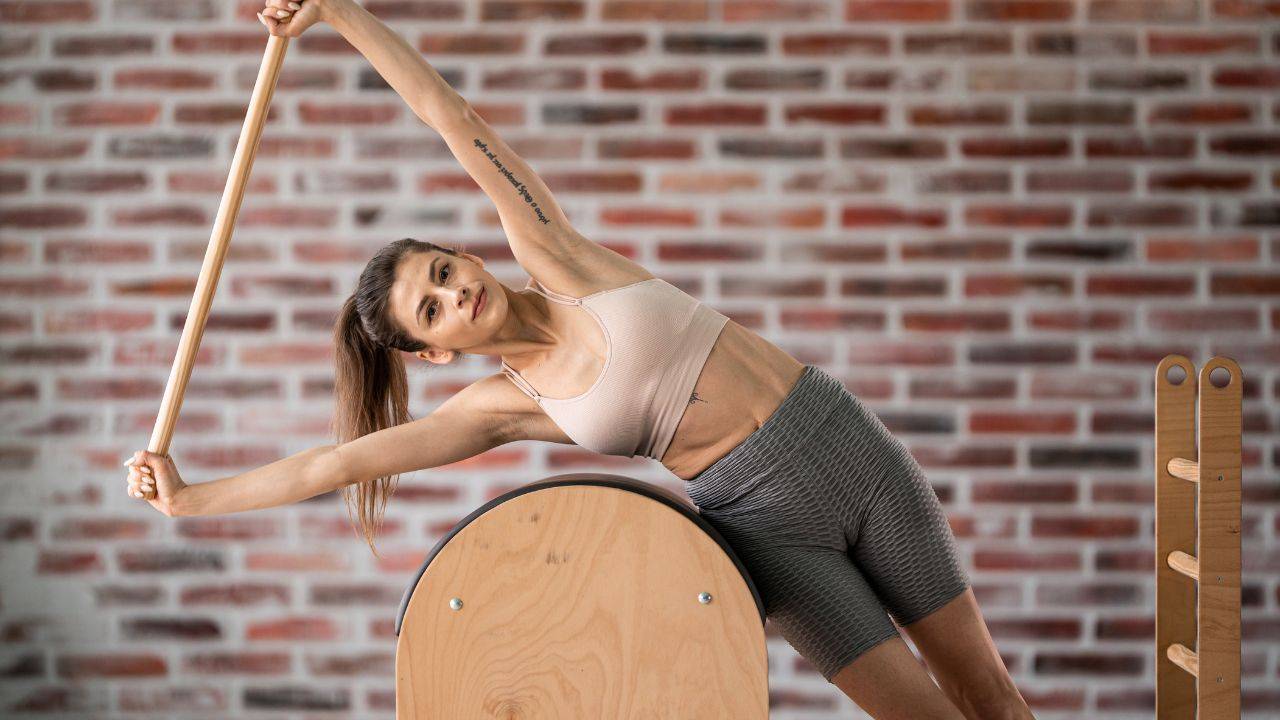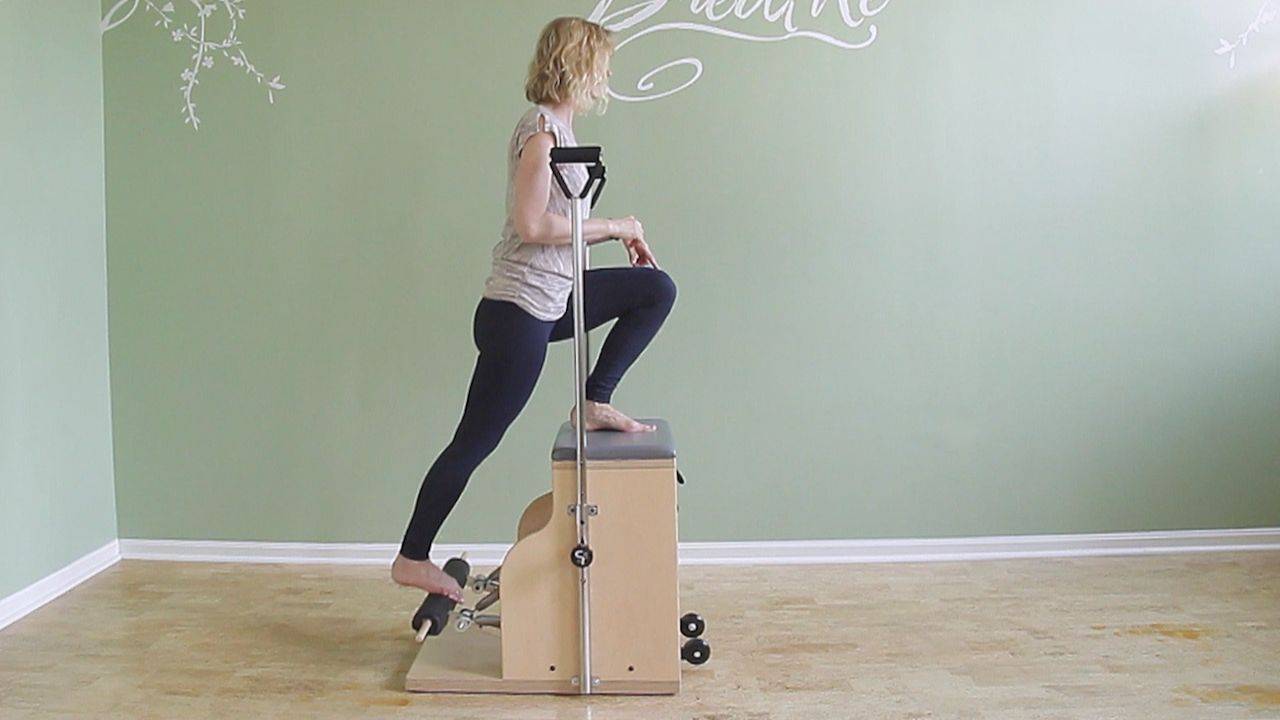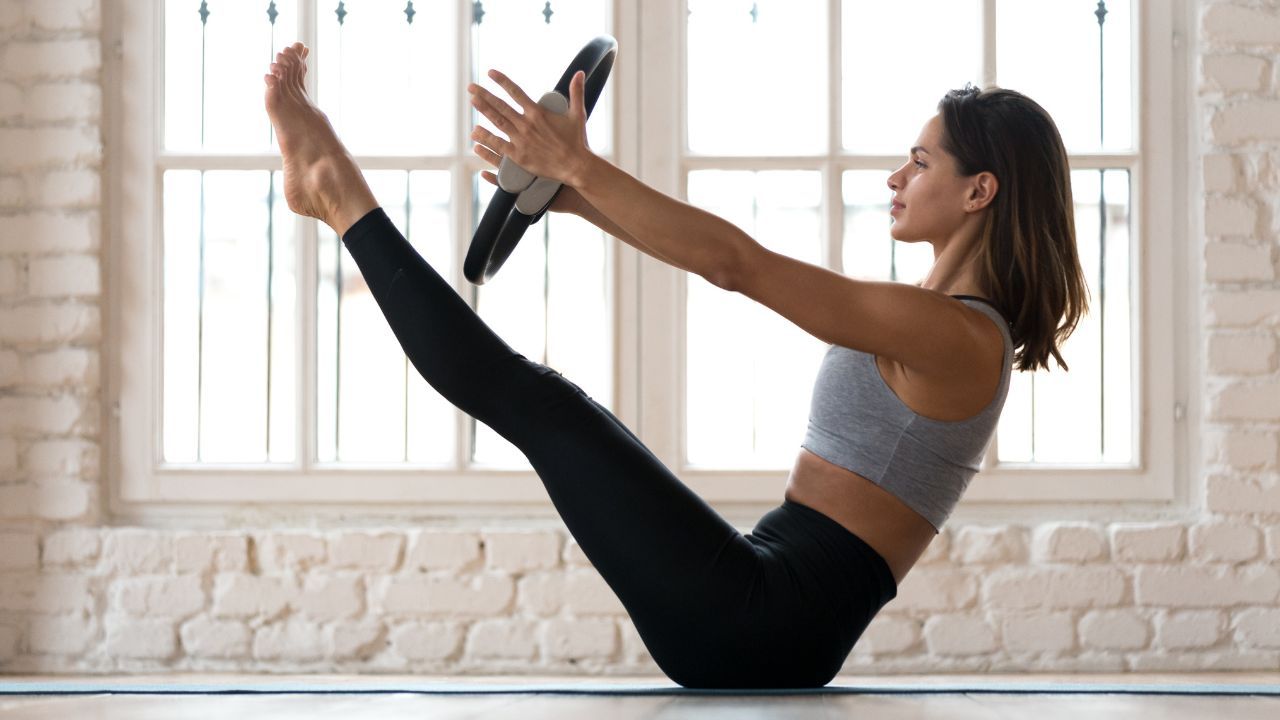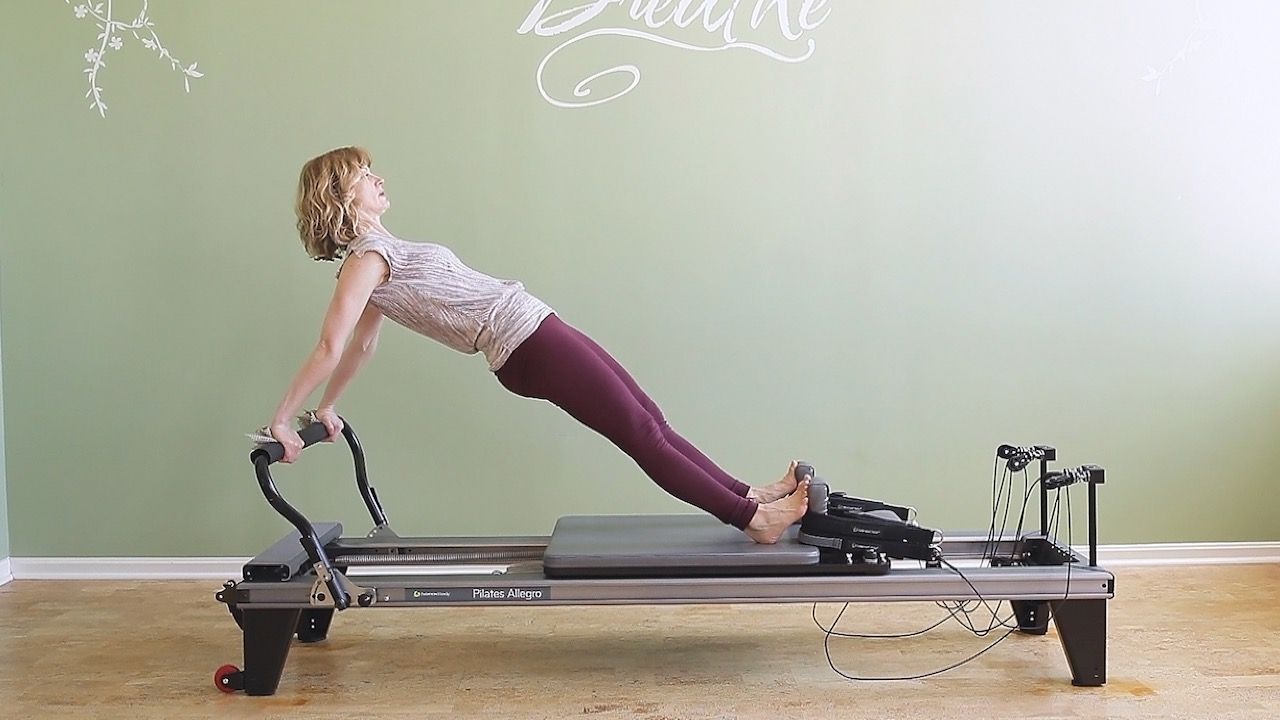Manage Plantar Fasciitis with Pilates
Jul 06, 2016
I'm seeing more and more people at my studio suffering from plantar fasciitis (PF). PF has a tendency to linger around for a while; it seems to be difficult to get rid of, which might be one of the reasons for the increased number of people dealing with this painful condition. Inactivity (too much time spent sitting) as well as overuse (excessive running or jumping) - even though they seem to be on the opposite ends of the movement spectrum - can both be contributing factors for creating PF and preventing it from subsiding.
I have gathered some information here that will help you and your students avoid pain from PF during a Pilates practice, and help heal the condition.
What It Is
PF is an inflammation of the large tendon on the bottom of the feet (called aponeurosis). It connects the heel with each of the toes and helps stabilize the foot and create the arch. It presents itself as burning, stabbing or aching pain in the bottom of the foot, often in the heel.
What Not To Do
First, don't allow any pain during the exercise.
Second, leave out all exercises that would strengthen or tighten the calf muscles.
Now, let's look at each of these more closely:
Keep Pressure Away From the Painful Area

If doing Feet in Straps on the Reformer or Leg Spring Series on the Trapeze Table, make sure that the strap is not touching the painful area directly. If you can't find an area that is comfortable (by making small adjustments of the position of the strap on the feet), choose velcro cuffs for the ankles or perform Thighs in Straps instead. Either slide your thighs through the cotton loops or use velcro cuffs.


On the Reformer, Chair and Trapeze Table, leave out any variations of Footwork or other exercises that cause pressure and pain on the bottom of the foot; for example, if most of the pain is in the heel, then avoid pressing your heel against the bar.
Skip Calf Strengthening Exercises
While dealing with plantar fasciitis, leave out any exercises that strengthen the calves. A common cause for PF is a tight achilles tendon, and strengthening the calves might contribute to that. Avoid especially the variations: flex+point or running, as they strengthen the calves. Also avoid Heel Raises (Standing) and Ankle Pumps (Chair).
Even if the pressure of the strap doesn't create painful pressure on the bottom of the feet, in many people Leg Springs Supine on the Trapeze Table often activates mostly the calf and other lower leg muscles. Y-loops - if available - are a great tool to take effort away from the lower legs and bring it into the hips instead.
Release Tension From The Heel
You can achieve that in two ways, by rolling out your feet and stretching your calves:
Roll Out Your Feet
When using a pinky ball, golf or tennis ball, make sure you only roll from the ball of the foot back to the heel. Skip the other direction. Pulling the fascia away from the heel would make it even more taut and could possibly contribute to the inflammation. If rolling creates too much pain, and you feel it makes it worse, skip it all together and focus on my other suggestions.
Roll from the ball of the foot...

towards the heel

Stretch Your Calves
Do a static calf stretch with your heel in the well of the Spine Corrector.

Don't have a Spine Corrector handy? No worries.
Stretch Your Calves With a Rolled Blanket or Towel

Align The Lower Extremities
Another possible cause of PF is poor lower extremity alignment. Watch for pronation/supination of the feet, incorrect knee tracking, and poor hip disassociation. This means leaving out all Footwork is not ideal in the long run, because it’s important to work on leg alignment and strength. I have found that choosing Footwork on the Trapeze Table is one of the best ways to work on lower extremity alignment with the least amount of side effects. The best part about it is the ability of you/your student to be able to control the alignment by looking at it. Footwork on the Trapeze Table is the only version of Footwork, in which you can see your own feet.

A very quick and extremely effective trick to improve your lower extremity alignment is to lift your toes in any weight bearing exercises, such as Bridging, Hamstring 1 on the Chair, Elephant and many many others. Lifting the toes (but keeping the ball of the foot down) will bring the ankle into a more centered position, hence improving the alignment of other joints up the kinetic chain of the leg.


But of course Standing Leg Pump (C) is the ideal exercise to work on lower extremity alignment in a familiar environment (standing, walking up stairs etc)

Strengthen The Intrinsic Muscles Of The Feet
The plantar fascia on the bottom of the foot often gets inflamed due to weak intrinsic muscles of the feet, which are responsible for creating the arch of the foot. By flattening that arch, the long tendon that connects the heel to the five toes gets over-stretched.
Arch Re-Creation Exercise
Step 1: Notice if your big toes migrate away from each other.

Step 2: Try to pull the big toes against one another. they want to kiss each other. (Note: the toes of my right foot were so excited about the kiss, they decided to jump up. This is not necessary for you to repeat, actually try and keep your other toes calm.)

Step 3: Now try to lift the two big toes up.

Toe Curls With a Towel
Step 1: Place a towel on the floor and place your bare foot on it.

Step 2: Try to grab and curl up the towel with your toes.

Toe Curls With a Thera Band
Step 1: Sit comfortably and place a thera band around the bottom of the foot. Hold the ends in your hands with moderate tension.
Step 2: Pull the toes back.

Step 3: Curl your toes into the band. Notice the muscles on the bottom of the feet working. If you want more challenge, use more tension on the band. To do this, hold the band shorter, or pull it back with your hands.

I love this variation of Footwork - Running, in which you stretch the calf of one leg and use your other leg to deepen the stretch but hooking the toes underneatht the bar and pulling back.


Toe Wrapping
The variation of wrapping the toes around the bar in (R-)Footwork is a great way to build strength in the bottom of the feet.
Stretch The Rest Of The Posterior Chain (Superficial Back Line)
Since “everything is connected”, the problem might not only be in the achilles, calf or foot. Look at the whole posterior chain, from the back of the neck through the thoracic spine, the lumbar spine, hamstrings and finally the calves. Find out - by asking your client - which of these areas are the tightest. A great exercise to figure this out is the Spine Stretch on the mat. Different bodies feel it in different places. Once you know which part is the tightest, spend some extra time stretching those parts.

Seated Push Through
on the Trapeze Table is of course, almost the same. The support of the bar allows you to organize your shoulder a bit better and helps lengthen the spine against gravity. But I digress...

Hamstring 1 on The Chair
is a great stretch for the whole back side of the body.

so is...
Elephant on the Reformer

And
Hamstring Stretch on the Ladder Barrel

I really hope this is a helpful list of exercises that will give you some ideas on how to deal with your plantar fasciitis. As you can see it's not necessary to skip all Pilates, but making adjustments to your practice and sequence is necessary and beneficial.
If you have suggestions for other ways to manage plantar fasciitis with Pilates, shoot me an email.














